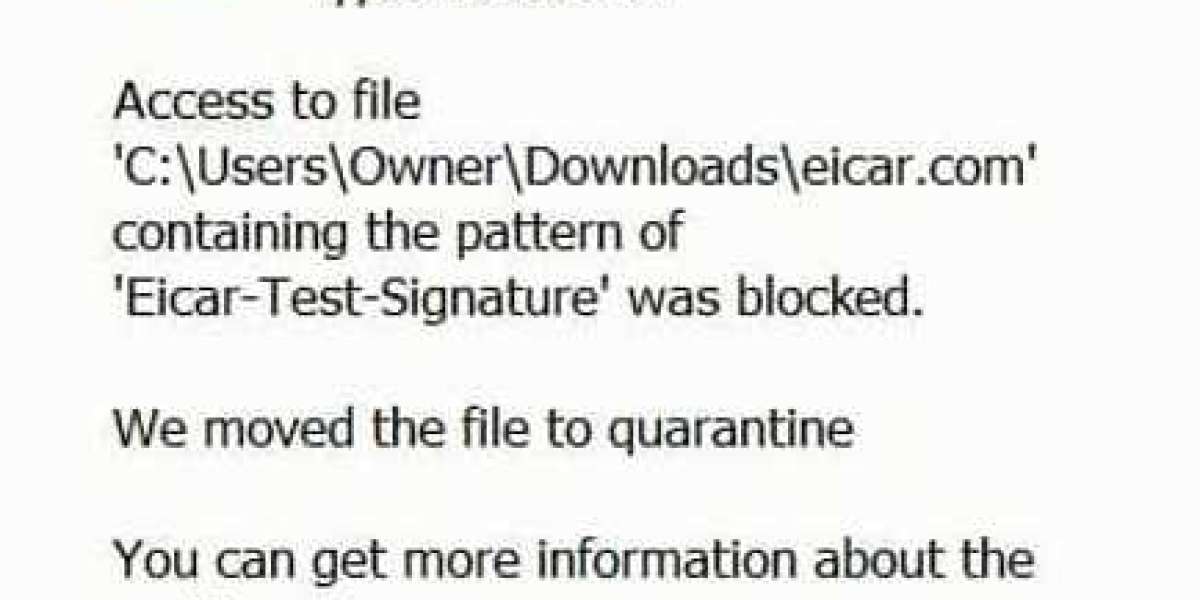In the packaging industry, performing non-destructive seal integrity testing on cans filled with aerosols and compressed gases is crucial to ensuring product safety and quality. Aerosol cans typically contain high-risk propellants such as propane-butane mixtures and dimethyl ether. Leakage of these substances can lead to fire or explosion, causing significant loss of life and property. Therefore, according to EU and international regulations governing the transportation of dangerous goods, every aerosol can must undergo sealability testing before leaving the factory.

The process begins with meticulous visual inspection under natural light to identify flaws or defects. This includes examining the can body for flatness and rust-free conditions, ensuring uniform application of inner coatings without impurities, and confirming the clarity and completeness of printed graphics, while preventing scratches on critical areas.
Dimensional measurements such as can body height, can mouth outer and inner diameters, and the curling radius of the can mouth are rigorously checked against specified deviation ranges to meet the stringent technical requirements of the sealed sample.
The weld patch coating integrity test is crucial for evaluating the coverage and adhesion of the weld patch coating. This assessment protects against corrosion and environmental damage, detects defects like pores, inclusions, and cracks within the weld, and addresses issues such as blistering, peeling, or pitting on the coating surface. Ensuring the integrity of the aerosol can’s seal through these tests effectively mitigates risks associated with potential accidents, including explosions.
Furthermore, internal and external coating adhesion tests verify the strength of the bond between the coating and substrate, crucial for preventing issues like peeling or cracking that could compromise the aerosol can’s safety and durability.
The external coating hardness test evaluates resistance to wear and scratches, ensuring coating durability and quality. It also identifies defects like air bubbles or sagging that may cause damage or detachment, thereby maintaining overall safety performance of the can.
Airtightness and deformation pressure tests assess the aerosol can’s ability to withstand varying internal and external pressures and external forces. The former evaluates sealing performance to prevent pressure build-up or leakage, while the latter ensures the can remains structurally intact under specific pressure conditions.
Lastly, the burst pressure test determines the maximum pressure the aerosol can endure, safeguarding against potential explosions resulting from sudden internal pressure spikes. This test ensures the can operates safely within normal operating pressures.
These rigorous testing measures and evaluation methods effectively uphold stability and safety performance of aerosol cans, ensuring compliance with international standards and regulatory requirements, while minimizing safety risks during transportation and use.
Official Website:www.jiangyinforward.com








